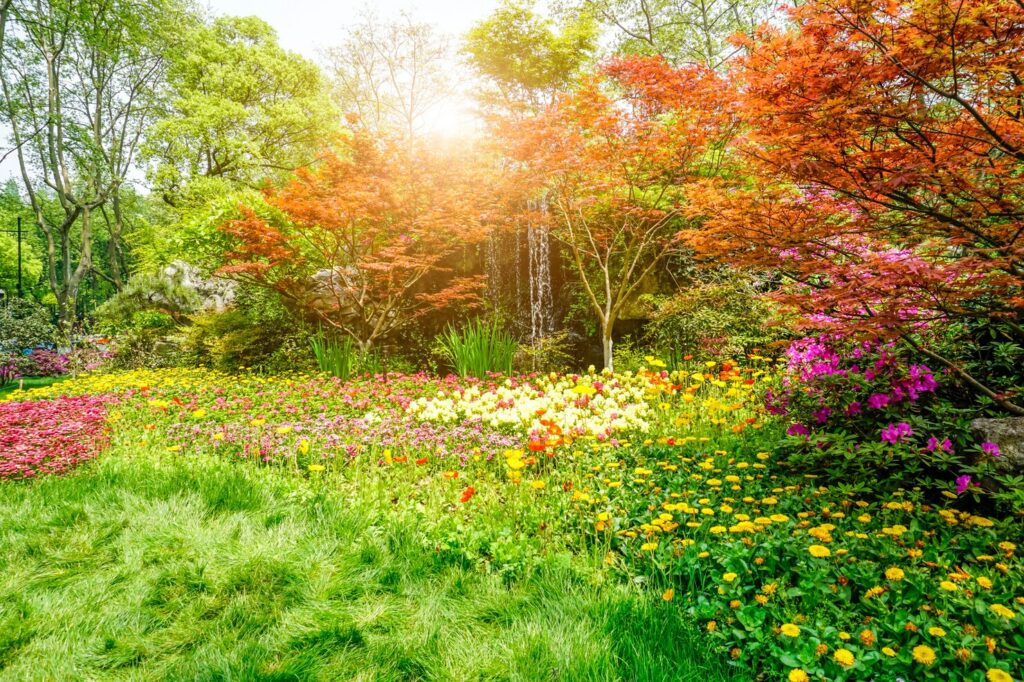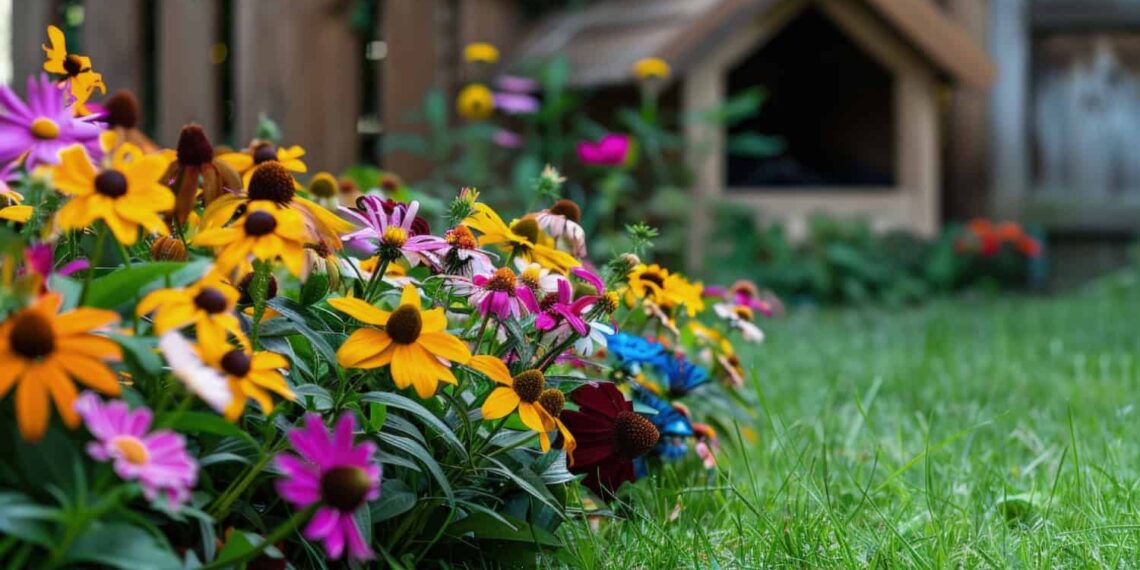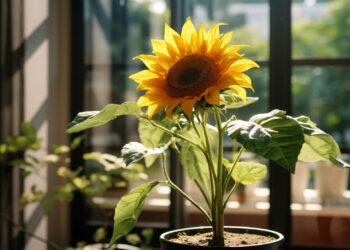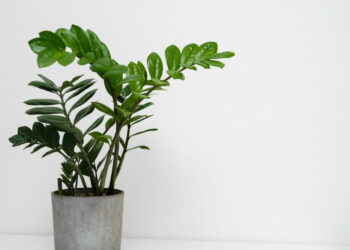There’s something undeniably comforting about walking into a garden where colors burst into life, regardless of the time of year. For many homeowners, the dream of a backyard landscaping plan that offers this consistent beauty feels out of reach — but it doesn’t have to be. By selecting the right flowering shrubs, it’s entirely possible to design a year-round garden color experience that thrives through summer heat, autumn chill, winter dormancy, and spring awakenings.
What makes flowering shrubs so powerful in this equation is their versatility. Unlike annuals, they don’t need to be replanted every season. And unlike trees, they’re compact enough to adapt to a variety of layouts, including urban backyards or narrow side gardens.
According to landscape designer Laura LeBoutillier, host of Garden Answer, “A well-curated mix of flowering shrubs can provide layers of bloom times, structure, fragrance, and even wildlife interest — it’s about smart pairing, not just color.” She notes that the secret isn’t just picking showy species, but combining textures and bloom schedules to maintain a dynamic look throughout the year.
The Art of Timing: How to Keep Color Constant
Creating a colorful garden 12 months a year is part planning, part creativity. A successful approach considers when each flowering shrub reaches its peak. Spring favorites like lilacs or forsythia awaken the landscape early, while hydrangeas carry color into late summer. Then, autumn brings burning bush and rose of Sharon, while winter-blooming camellias surprise with color when everything else sleeps.
“This balance is key,” explains horticulturist Dr. John Murgel of the Denver Botanic Gardens. “Layering shrubs by their blooming season ensures there’s always something catching the eye — and that’s what makes a garden feel alive, not static.”
Beyond bloom time, it’s important to consider evergreen shrubs with floral displays, which hold their structure throughout the cold months. Varieties like azaleas and rhododendrons not only flower beautifully in spring but retain their foliage in fall and winter, creating texture and depth even when not in full bloom.
Beyond Aesthetics: Pollinators, Fragrance, and Low Maintenance
While beauty is the primary driver for most gardeners, flowering shrubs offer much more than visual appeal. Many species attract hummingbirds, bees, and butterflies, contributing to a healthy ecosystem right in your own backyard. Others emit intoxicating scents that turn your outdoor space into a sensory retreat.

Some homeowners hesitate at the idea of planting shrubs, thinking they require expert care. But modern cultivars have been bred for resilience. Many varieties are drought-tolerant, disease-resistant, and require minimal pruning — ideal for those who love the idea of a lush backyard but don’t want the upkeep of high-maintenance beds.
“Landscaping is evolving,” says Dr. Murgel. “Today’s shrubs are being selected not just for beauty, but for their adaptability to climate change, soil variability, and urban environments. The modern gardener can have a stunning display with half the work.”
Designing with Shrubs: Structure Meets Color
Integrating shrubs into your backyard landscaping also improves the layout of your space. Shrubs can define borders, frame pathways, soften fences, or act as natural dividers between areas like patios and vegetable gardens. Their compact height compared to trees makes them ideal for mid-level visual interest, and their varying leaf shapes, bark textures, and growth patterns add complexity to the design.
When planned thoughtfully, shrubs also improve privacy and noise insulation — all while delivering a rotating calendar of blooms. This mix of function and form is why garden architects often turn to flowering shrubs as the backbone of outdoor design.
A Living Canvas That Evolves with You
The beauty of working with flowering shrubs lies in how personal the process becomes. With the right guidance, your backyard can evolve into a living gallery that changes with the seasons and reflects your taste. From the lush, romantic tones of peonies to the structured blooms of viburnum, there is a plant to match every vision.
By considering seasonal timing, combining low-maintenance varieties, and thinking beyond the flower — to form, scent, and environmental benefit — you ensure that your garden stays vibrant long after the first bloom.
Whether you’re refreshing a tired outdoor space or starting from scratch, investing in a diverse collection of flowering shrubs is a decision that pays off in color, structure, and soul. A backyard like this doesn’t just look good — it feels alive.

Enfeite Decora is a digital publication dedicated to inspiring and informing enthusiasts of architecture, interior design, and gardening. The editorial team (credited in the content) includes specialized writers, landscape designers, gardeners, and individuals passionate about transforming spaces.
Content Curator: Cláudio P. Filla | Advertising Professional & Social Media Manager
Email: [email protected]





Discussion about this post